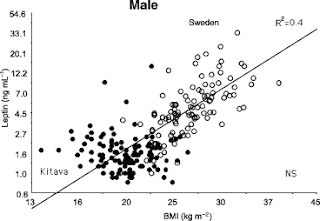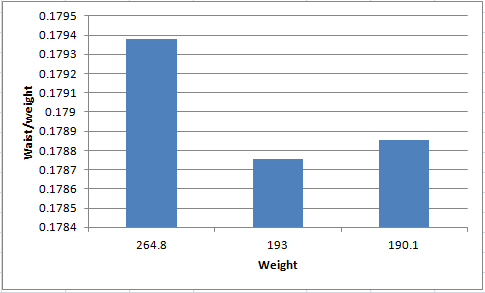Could grain-fed beef liver be particularly nutritious?

There is a pervasive belief today that grain-fed beef is unhealthy, a belief that I addressed before in this blog ( ) and that I think is exaggerated. This general belief seems to also apply to a related meat, one that is widely acknowledged as a major micronutrient “powerhouse”, namely grain-fed beef liver. Regarding grain-fed beef liver, the idea is that cattle that are grain-fed tend to develop a mild form of fatty liver disease. This I am inclined to agree with. However, I am not convinced that this is such a bad thing for those who eat grain-fed beef liver. In most animals, including Homo sapiens , fatty liver disease seems to be associated with extra load being put on the liver. Possible reasons for this are accelerated growth, abnormally high levels of body fat, and ingestion of toxins beyond a certain hormetic threshold (e.g., alcohol). In these cases, what would one expect to see as a body response? The extra load is associated with high oxidative stress and rate of meta

